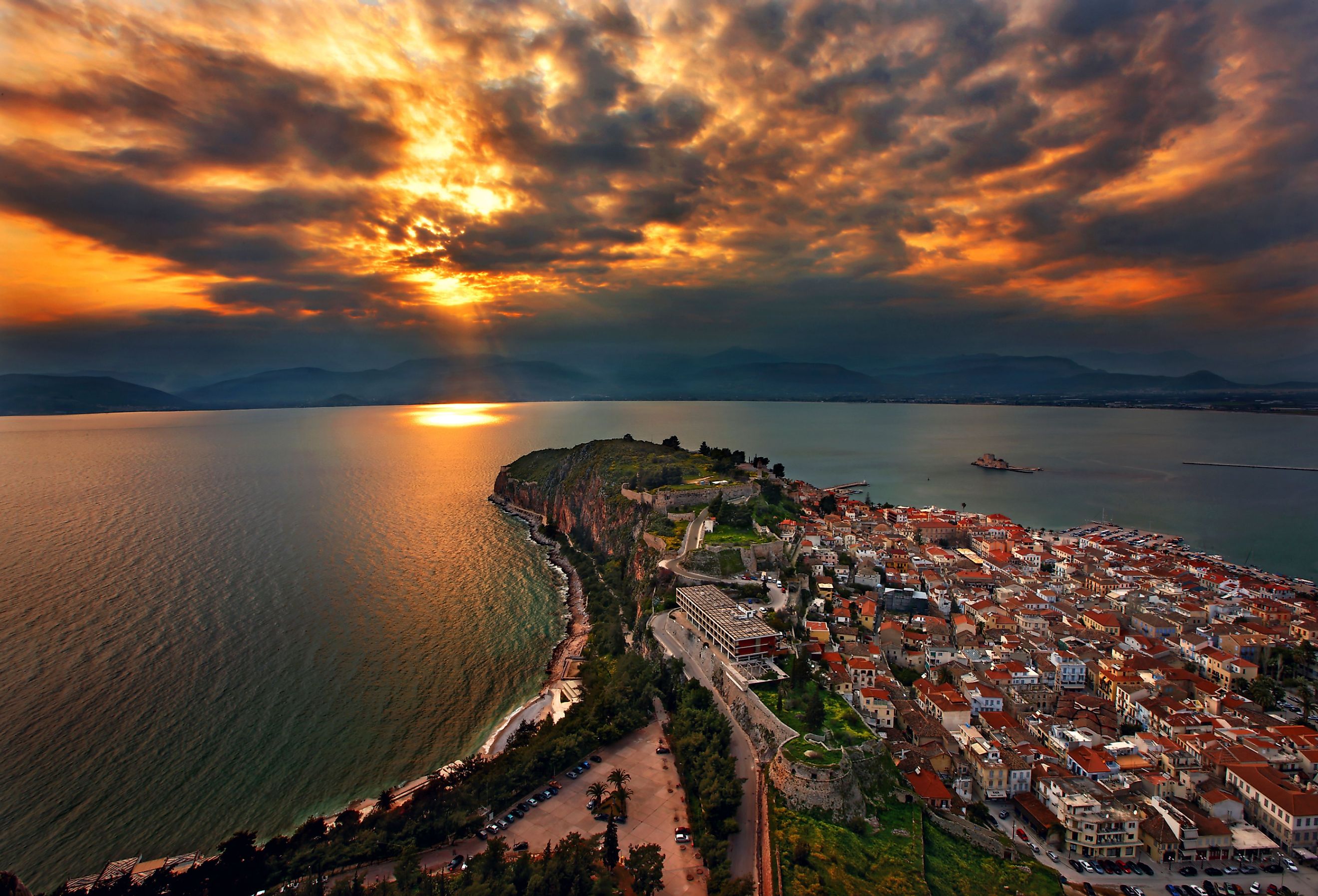
Argolic Gulf
The Argolic Gulf is part of the Aegean Sea and lies off the east coast of the Peloponnese peninsula in Greece. This gulf is a picturesque location where fishermen aim for the biggest catch while yachters enjoy the spectacular sunsets over the harbor. Argolis and Arcadia surround the Argolic Gulf, with its main port and entrance overlooked by both Nafplio and Spetses.
Where Is The Argolic Gulf?
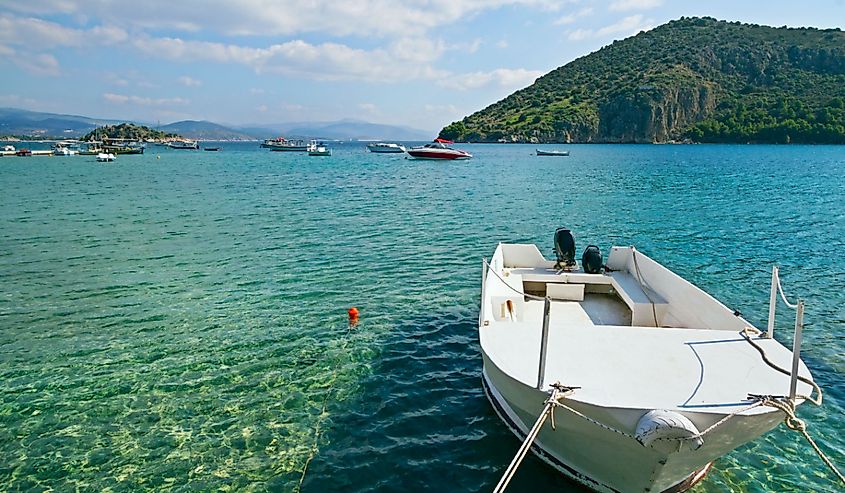
History Of The Argolic Gulf
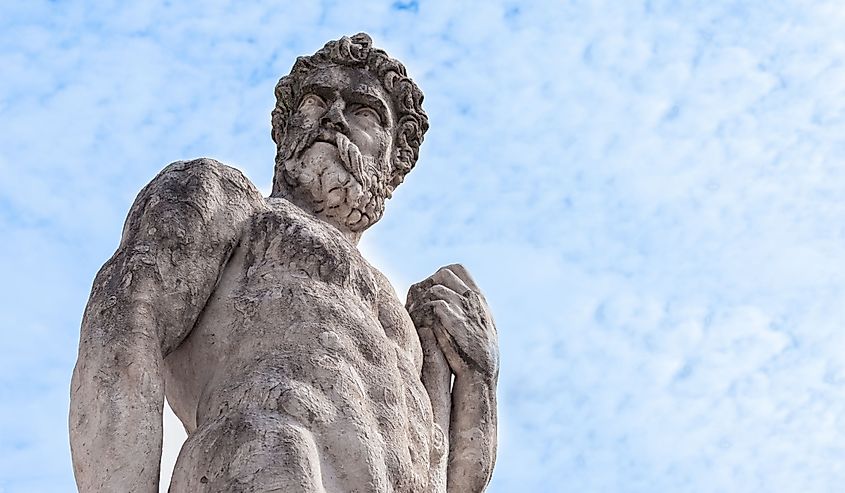
Islands Of The Argolic Gulf
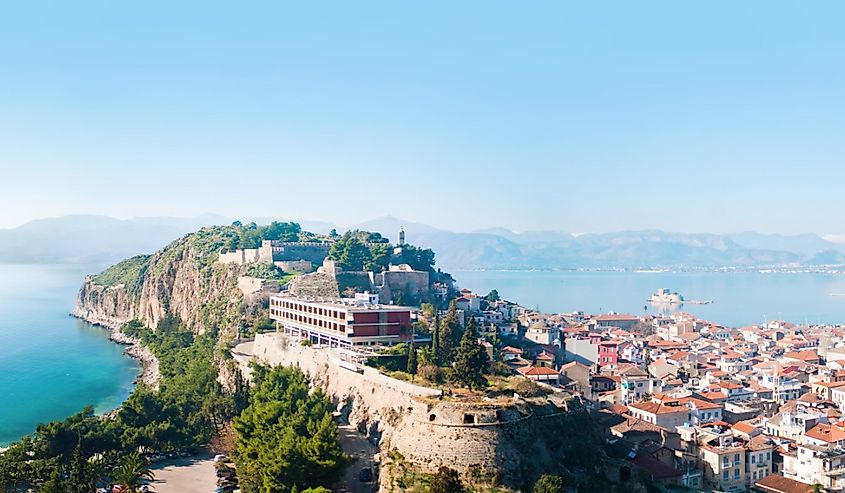
There are three main islands within the gulf:
1. Psili Island
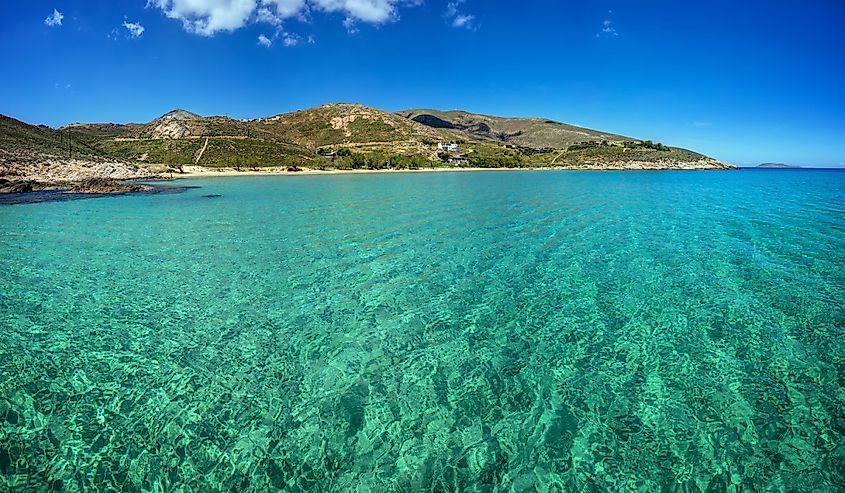
Psili Island is uninhabited and contains the highest peak in the entire gulf at 768 feet. The island falls under the Nafplio municipality and can only be reached by boat.
2. Plateia Island
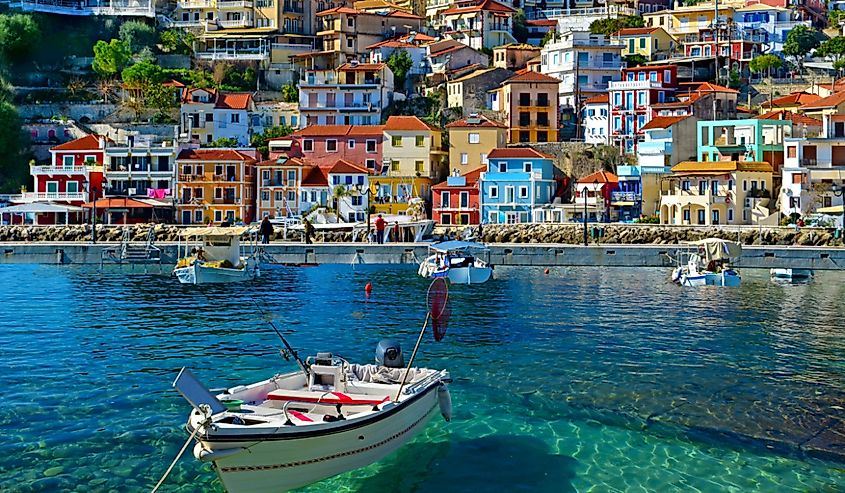
Plateia Island forms part of the Diapontian Islands. Its name Plateia means “town square” in Greek, referring to meeting and traveling points.
3. Bourtzi Island
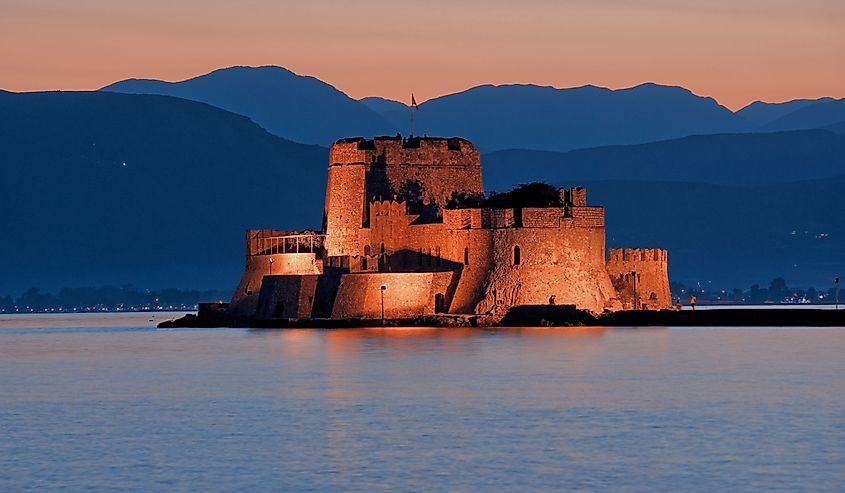
Bourtzi Island is a small outcropping on which the Bourtzi Fortress was erected in 1473. It also serves as the entrance to the harbor in Nafplio and is a highly popular tourist attraction.
Argolic Gulf Marine Life
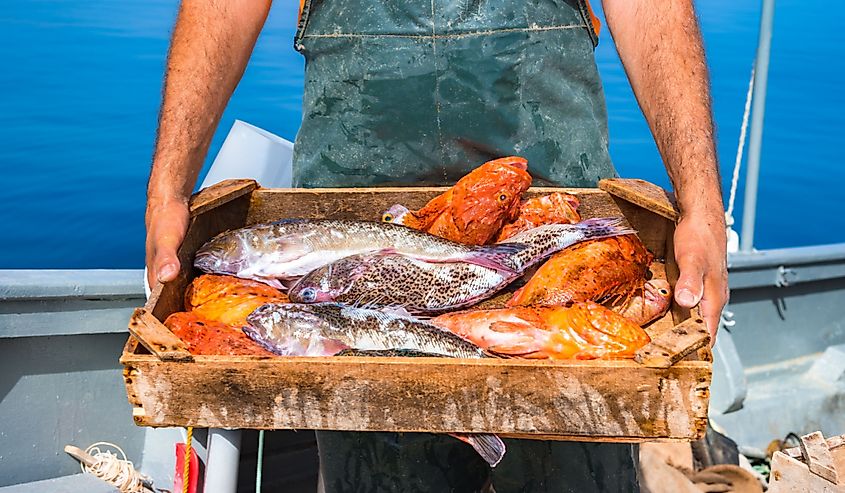
The Argolic Gulf is home to a variety of sea creatures, including sardines, dolphins, squids, octopi, and sharks. The waters here are also home to seahorses, monk seals, and sea turtles. Furthermore, the wetlands that surround the gulf support several bird species. These species include those that migrate between seasons.
Those who visit the gulf are not only able to enjoy these lovely animals but also bask in its temperate Mediterranean climate; rainy and mild during the winter and hot during the summer.
Towns Surrounding The Argolic Gulf
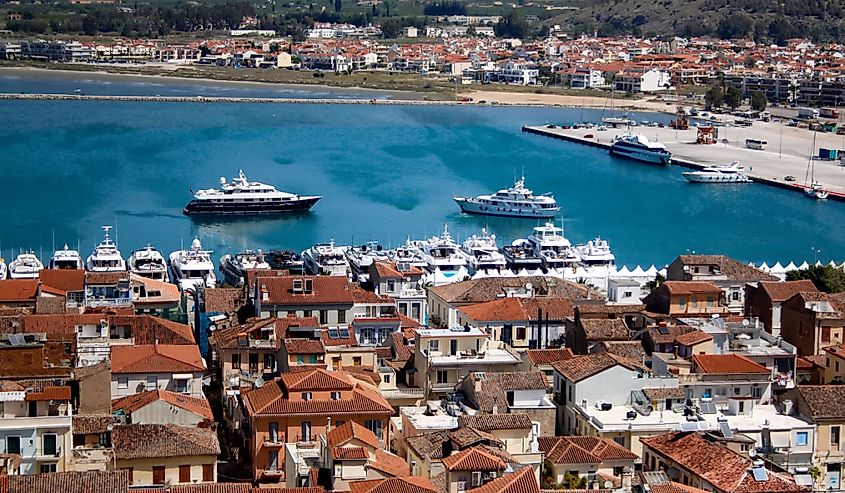
Several stunning towns dot the landscape around the Argolic Gulf, including:
Tyros
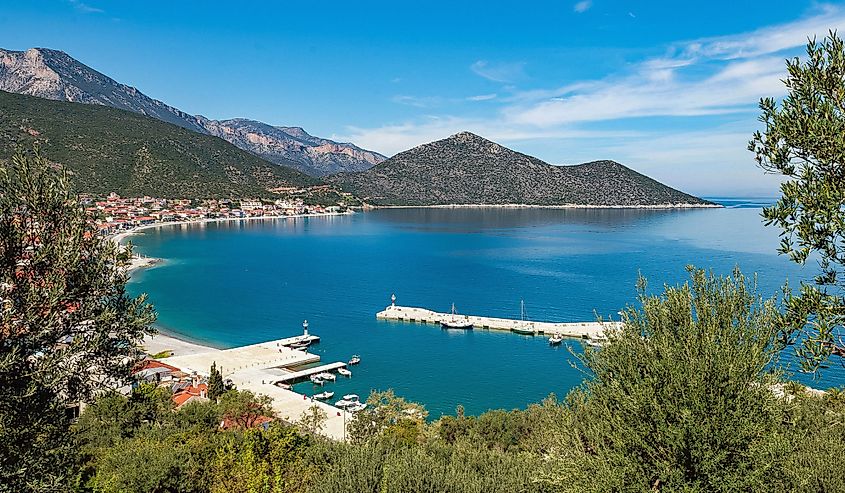
This seaside town was once a naval base and lies between the Myrtoan Sea and the Parnon mountain range. Tyros is well known for upholding a longstanding Easter tradition. This tradition sees the burning of an effigy of Judas, while small hot air balloons are released into the sky in memory of all the fishermen and sailors who lost their lives.
Spetses
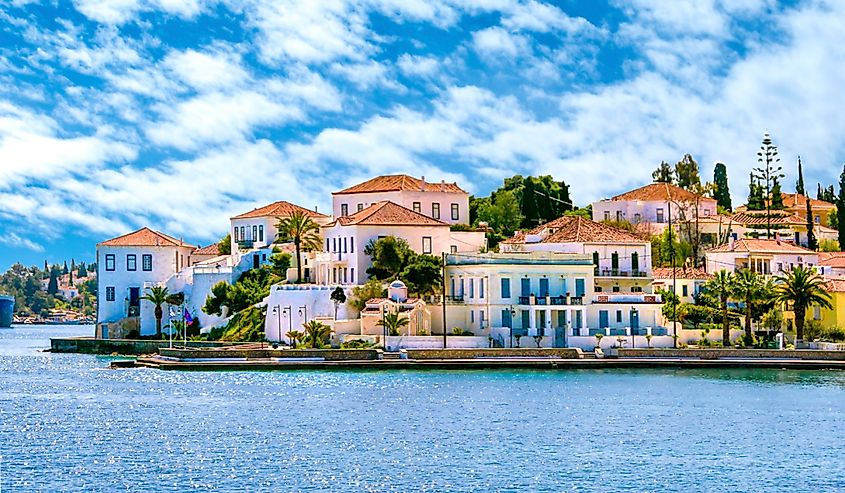
Spetses is an upmarket island that was once known as Pityussa. It was first occupied at the beginning of the Mesolithic Age during which the island was connected to the mainland. There are no private cars allowed in the town in modern times – the only accepted modes of transport included bicycles, carriages, and motorcycles.
Nafplio
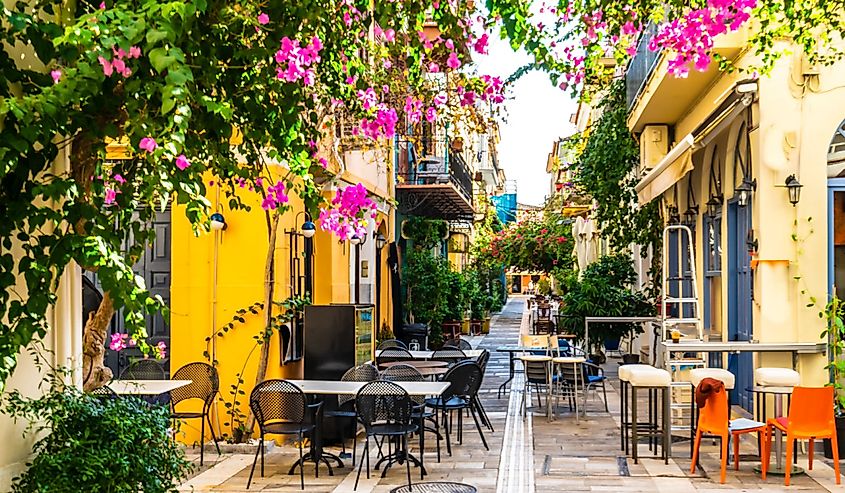
Nafplio is in the Peloponnese and was once an unmissable seaport during the Middle Ages. The town overlooks the gulf and has been inhabited for thousands of years. Today, visitors can still see the marks of history all through the town, in the form of castles, statues, and ancient buildings.
Myloi
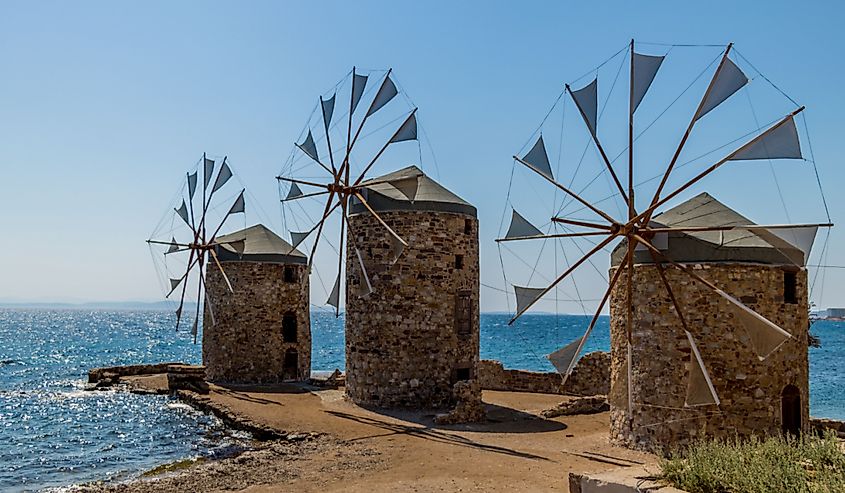
Myloi is well known for the Bronze Age settlement, Lerna, where inhabitants survived up until the Mycenaean age. It is also the location of the Castle of Kaveri ruins; the original structure was built during the 14th century CE.
Conclusion
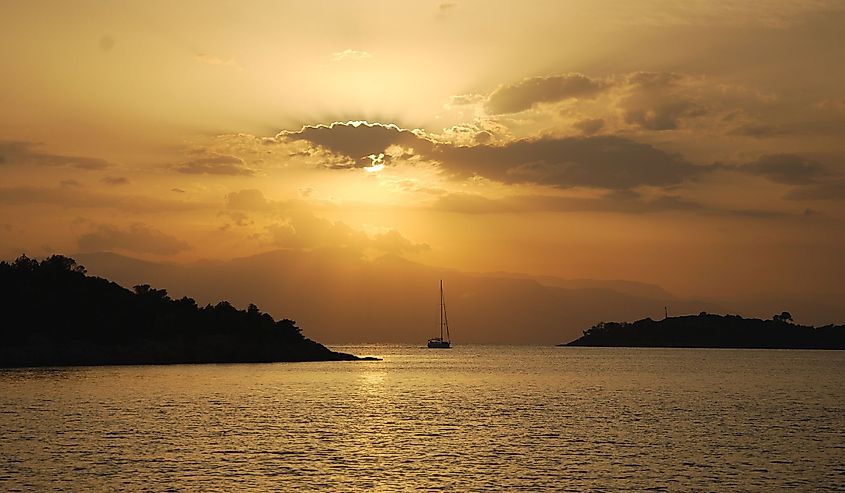
The Argolic Gulf is a popular sailing destination because the water is protected from the strong summer wind. Even when the winds do pick up, the gulf stays calm enough for sailors to enjoy a day out on the sea. In addition, several beaches to enjoy around the gulf and within Argolida, include: Irion Beach, Nea Kios Beach, Archaia Asini Beach, Mylon Beach, and Kantia Beach.
The Argolic Gulf is a time capsule of historic artifacts. Just a few years ago, a stone settlement dating back 4,500 years was accidentally discovered in the sea! The settlement stretches over twelve acres and includes valuable pottery, as well as paved roads and, remarkably, its own defense system.











